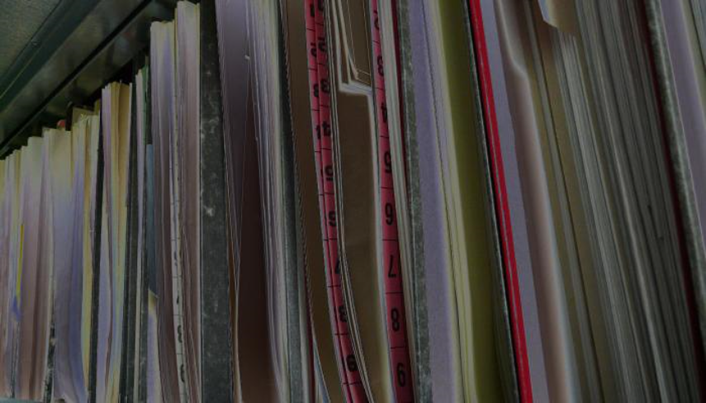
It's no secret that grades on a transcript don't capture what a student actually learns in college. Traditional transcripts offer just the facts: a course name, a final grade, the number of credits earned, a cumulative grade point average.
The limitations of the transcript are becoming more and more troubling for a variety of reasons: The growing importance placed on higher education for student outcomes. More widespread recognition that learning takes many shapes and happens outside classrooms as much as, or even more than, it happens within them. Discontent with the credit hour as a proxy for learning. And the growth of new models — like competency-based education — that don't align with credit hours anyway.
Can the transcript evolve beyond these limitations? ELI's 7 Things You Should Know about the Evolution of the Transcript describes how comprehensive student records reimagine the transcript and "capture a broader range of learning experiences and create frameworks to curate them, providing a more holistic view of student learning." They can be multi-institutional. They can be digital with various layers of control and access. They can be organized around outcomes and competencies — demonstrating what a student can do rather than what they have done.
One shift that has the potential to advance student learning while documenting it is that this kind of comprehensive learning record can become a dynamic, interactive tool, used to plan and guide future learning.
Can you imagine the level of understanding a student would have of her strengths, skills, and performance by tracking out-of-class learning opportunities alongside academic courses?
Can you picture a transfer student reviewing her record with her advisor to get a sense of where she is in her college career, and to map out a path through courses, internships, student activities, and research opportunities to get where she wants to go?
Can you imagine a graduating senior sharing a customized view of the comprehensive record to support her application for graduate school?
Some K-12 schools are using two tools in this dynamic, interactive way to guide more individualized learning paths through their curriculum. Teachers use Learner Profiles and Personalized Learning Plans to tailor learning opportunities for each student based on their strengths and interests as well as their current ability level. Next Gen Tools: Personalized Learning Plans and Learner Profiles details how three K-12 schools use these tools to advance student learning and success. Some lessons for higher ed from these schools about using a next gen transcript to guide future learning:
- Focus on goals — students set their own learning, career and life goals, with support from an advisor or mentor. Every learning opportunity documented in the record should help students get one step closer to their goals or help them refine what their goals really are.
- Include data on a broad range of academic and student success skills: content knowledge, creative know how, habits of success, and wayfinding abilities.
- Let students drive the process of creating and updating their learning record with new goals as they master new knowledge, skills, and abilities. I'm not suggesting that the institution give up its responsibility to certify or validate the learning represented in the record. Instead students should have the authority and the responsibility to develop action plans and direct their own path.
Kristen Vogt is knowledge management officer, Next Generation Learning Challenges at EDUCAUSE.
